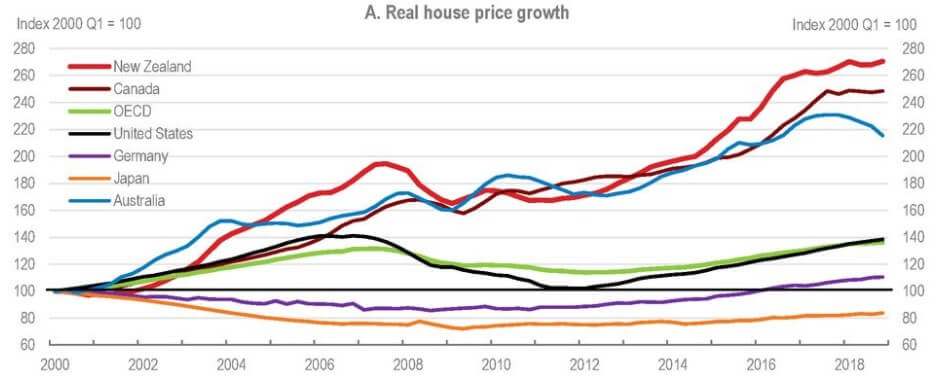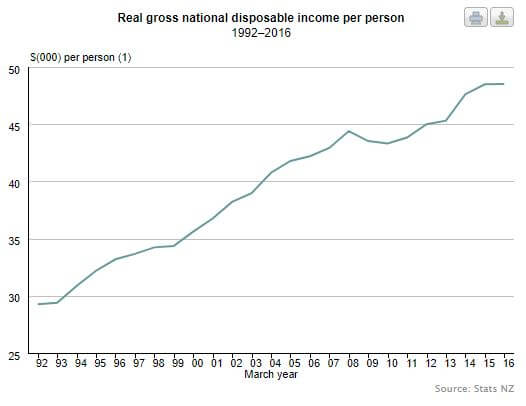Definition
the amount of money that households have available for spending and saving after income taxes have been accounted for
Unless otherwise stated information comes from Stats NZ 2019
the amount of money that households have available for spending and saving after income taxes have been accounted for

The burden of high housing costs has fallen disproportionately on those with lower incomes
2019 NZers were asked about their capacity to spend money on accommodation, food, clothing, and other necessities
(2019 StatsNZ)

Effects of high housing costs
In 2019 rents increased by 2.5% (consumers price index for the June 2019 quarter)

Regions showing significant changes over the year were:


Real household net disposable income is defined as the sum of household final consumption expenditure and savings, minus the change in net equity of households in pension funds.
Net household saving is defined as:
Household saving is the main domestic source of funds to finance capital investment, a major impetus for long-term economic growth.
This indicator is measured as a percentage of household disposable income. Data are under 2008 System of National Accounts (SNA 2008) for all countries except for Chile, Japan and Turkey (SNA 1993).